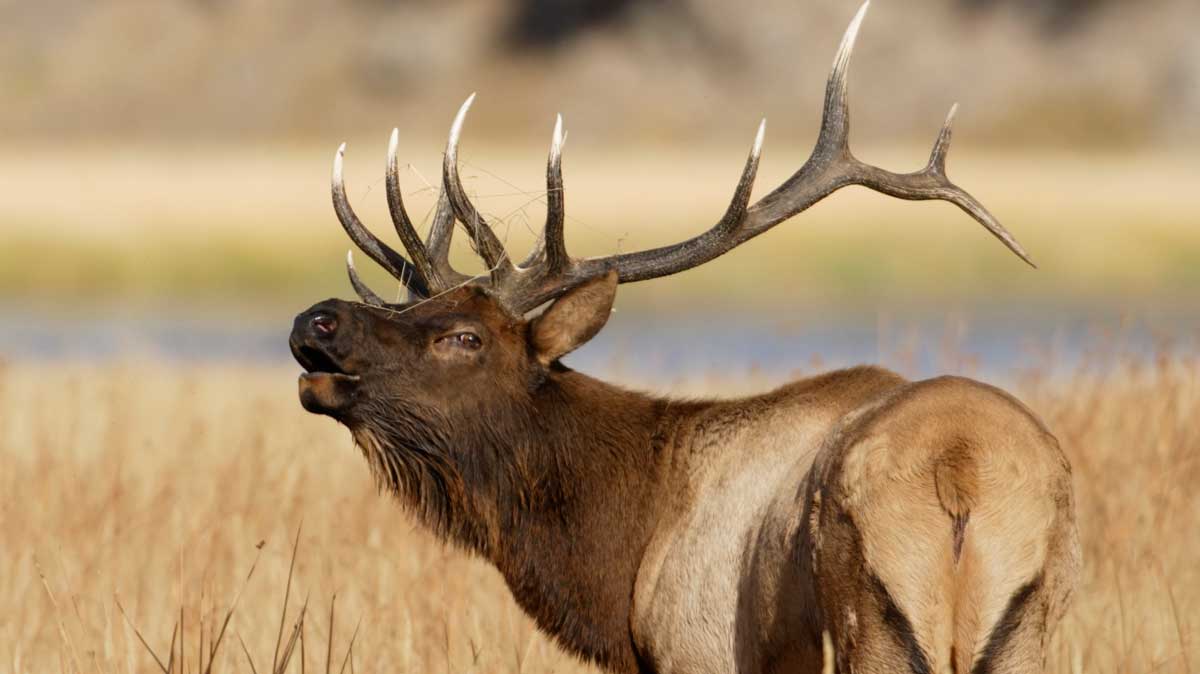Early season prep can get an elk in your freezer and you back in the office by Monday morning
If you’re blessed to live close to elk country, chances are you can slip out a half-day on Friday, get into elk by Saturday and, if the stars align, get an elk on the ground by Sunday. To move from fantasy to backstraps, start strategizing from your desktop.
Find Your Area
Many state fish and game departments offer hunting and trip planning tools on their websites, where you can peruse harvest statistics, drawing odds, and search according to species, weapon or season. Montana Fish, Wildlife & Park’s hunt planner allows you to query the hunting district and species. It then spits out seasons, licenses available and statistics. Particularly useful is an interactive map allowing overlays for special wildlife management districts, wilderness areas and species distribution.
Call For Help
After you find a promising area, phone the region’s elk biologist or big-game specialist. If big bulls are your thing, ask about them. Any antler or either-sex restrictions? If you like what you hear, use a a service like OnX Maps to identify private, state and Forest Service lands. The app helps pinpoint public access sites, offer a sketch of the geography and aid in locating campsites. Then zoom in from outer space using Google Earth to learn the lay of the land and examine probable elk travel corridors ascending to and from ridgelines.
Pre-season Field Trip
Next is a late-summer family field trip. Weeks before departure, particularly if hunting national forest, phone the district ranger overseeing the forest you intend to hunt. Inquire about campfire restrictions, gate closures, and ask if cattle have grazed there recently. Rested allotments adjacent to grazed ones can be dynamite places to locate elk.
Travel to highlighted areas on your topo map. With a GPS, mark rubs, recently used wallows and fresh droppings. If surrounding sagebrush parks have been baked by the swelter of the August sun, look for narrow coulees running down slopes lined with timber. If ravines are moist and contain fresh nibblings—elk favorites such as marsh marigold, alpine timothy or fledgling grasses—your ambush site might turn out to be “elk heaven.”
All About Timing
Consider timing the hunt to match the autumn equinox. In the northern Rockies that’s a couple weeks after opening day. By then it’s often cooler and elk are more apt to stay active during daylight hours. If you happen to hit chilly weather with overcast skies, the rut may well reach its peak, keeping elk on the move throughout the day.
Phone A Friend
Sharing the hunt with a buddy improves chances for success. Hide in ambush sites during morning and evening hours. Work together to locate and call-in bulls during midday, particularly if herds are on the move because of the rut or inclement weather. Travel light and be flexible.
Be Prepared To Go All Out
After all the painstaking planning, scout trips and travel, don’t doom your hunt by not having the wherewithal to follow when the elk go over that long, steep ridge. Start that rigorous exercise program at least 90 days before the hunt, and keep at it until the belly is mostly gone and you have the stamina to keep after elk like a starving dog.
Wear a frame or convertible pack while hunting. When you kill an elk—quarter it, hang in a tree what you can’t carry, and pack what you can to camp or the truck. Fetch the remainder on the return trip, then beat it back to the office by Monday morning, just in time to share stories about your successful weekend warrior adventure.
